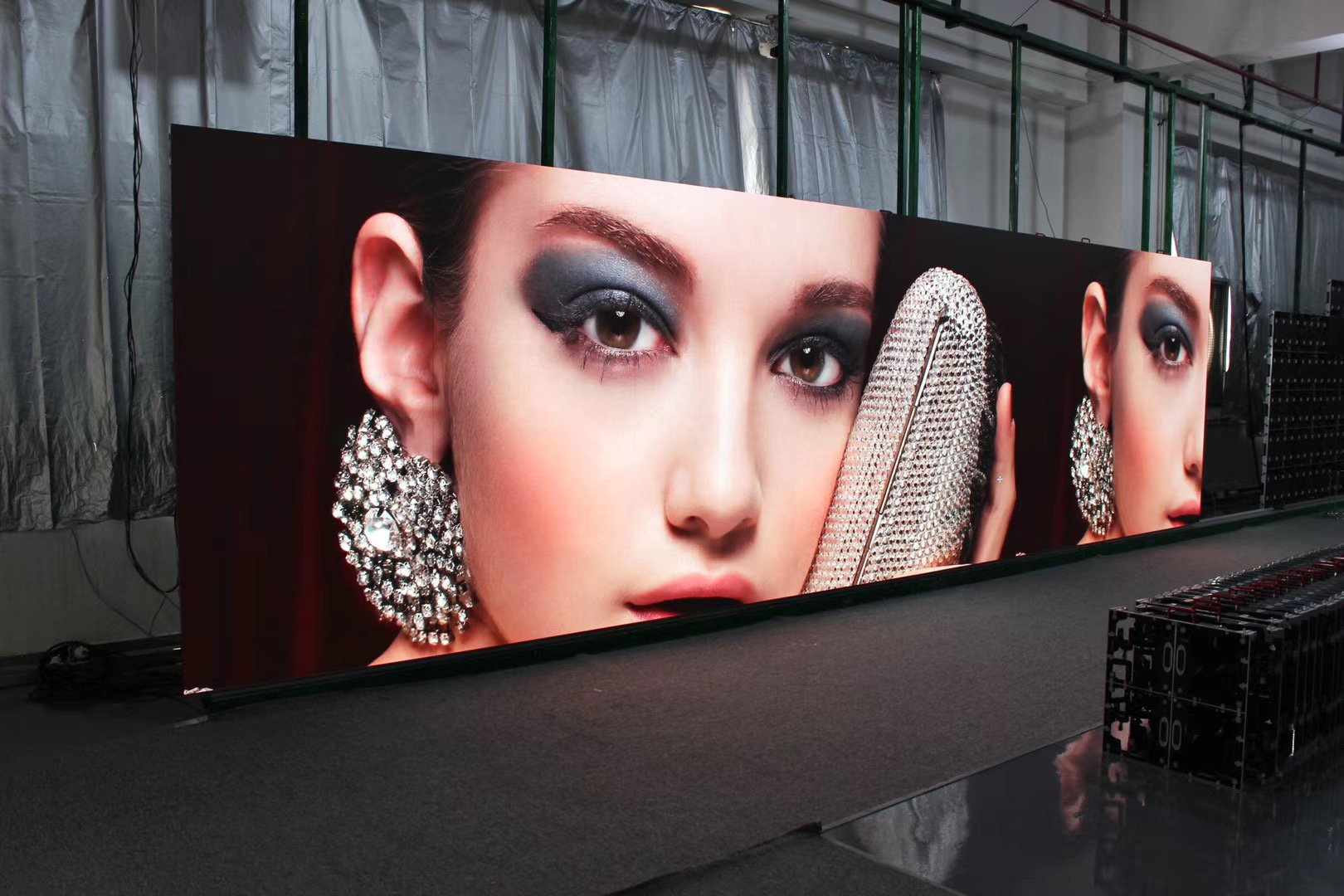No products in the cart.
Industry news
LED display screen manufacturer teaches you how to choose the right LED display screen.
As an LED display screen manufacturer, LED screens are classified in various ways, generally according to the following methods:
(1) Classified into indoor, outdoor, and semi outdoor according to usage environment
The indoor screen area generally ranges from less than 1 square meter to more than ten square meters, with a high point density. When used in non direct sunlight or lighting environments, the viewing distance is several meters away, and the screen body does not have sealing and waterproof capabilities.
The outdoor video screen area generally ranges from a few square meters to tens or even hundreds of square meters, with a relatively sparse point density (mostly 2500-10000 points per square meter), and a luminous brightness of 5500-8500cd/square meter (with different orientations and brightness requirements). It can be used in direct sunlight conditions, and the viewing distance is several tens of meters away. The screen body has good wind, rain, and lightning protection capabilities.
The semi outdoor screen is between outdoor and indoor, with high brightness and can be used outdoors in non direct sunlight. The screen body has a certain degree of sealing, usually under the eaves or in the display window.
(2) Divided into single color, dual primary color, and triple primary color (full color) by color
Monochrome refers to a display screen with only one color of luminescent material, mostly single red, and can also be used in some special occasions in yellow green (such as funeral homes).
Dual primary color screens are generally composed of red and yellow green luminescent materials.
The three primary color screens are divided into full color, consisting of red, yellow-green (wavelength 570nm), blue, and natural color. They are composed of red, pure green (wavelength 525nm), and blue.
(3) Divide synchronous and asynchronous according to control or usage
Synchronous mode refers to the working mode of LED display screens that are basically equivalent to computer monitors. It maps the computer image to the image on the monitor at a rate of at least 30 updates per second, and usually has the ability to display multiple grayscale colors, which can achieve multimedia advertising effects.
Asynchronous mode refers to the LED screen having the ability to store and automatically play. Text and grayscale images edited on a PC are transmitted to the LED screen through a serial port or other network interface, and then automatically played offline by the LED screen. Generally, it does not have the ability to display multiple grayscale information, and is mainly used to display text information, which can be connected to multiple screens.
(4) Divided by pixel density or pixel diameter
Due to the relatively uniform specifications of LED dot matrix modules used in indoor screens, they are usually divided according to the pixel diameter of the modules, which mainly include: Å 3.0mm 62500 pixels/square meter Å 3.75mm 44321 pixels/square meter Å 5.0mm 17222 pixels/square meter
(5) According to display performance, it can be divided into
Video display screen: generally full color display screen
Text display screen: Generally single primary color display screen
Graphic display screen: Generally, it is a dual primary color display screen
Market display screen: Generally, it is a digital tube or single primary color display screen;
(6) According to display devices, it can be divided into
LED digital display screen: The display device is a 7-segment code digital tube, suitable for making electronic displays such as time clock screens and interest rate screens that display numbers.
LED dot matrix graphic display screen: The display device is a dot matrix display module composed of many evenly arranged light emitting diodes, suitable for playing text and image information.
